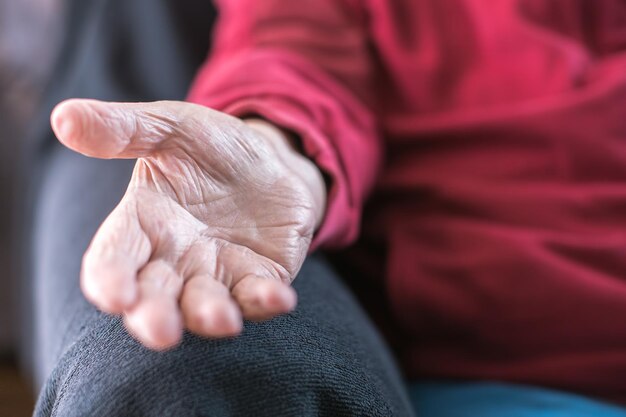How Muhammad Ali Developed Parkinson's Disease: Unraveling the Mystery
Muhammad Ali, the legendary boxer known for his lightning-fast footwork and dazzling hand speed, faced a formidable opponent outside the ring—Parkinson's disease. Diagnosed in 1984, three years after retiring from boxing, Ali's condition sparked widespread interest and concern. Understanding how Ali came to develop Parkinson's involves examining the possible links between his boxing career and this debilitating neurological disorder.
The Connection Between Boxing and Parkinson's
While the exact cause of Parkinson's disease remains unknown, research suggests a correlation between repeated head trauma and the risk of neurodegenerative conditions. Chronic Traumatic Encephalopathy (CTE) and similar syndromes have been found in athletes subject to repeated concussions, including boxers, football players, and hockey players. During his 21-year career, Ali endured countless punches to the head, which may have increased his susceptibility to such conditions.
While Ali's condition was often referred to as "Parkinsonism," a symptom complex that resembles Parkinson's disease, it was distinct from typical idiopathic Parkinson's. Experts believe the cumulative effect of repeated blows during his career could have resulted in a Parkinsonian syndrome rather than classic Parkinson's disease. This theory is supported by various studies highlighting the dangers of sustained head injuries in sports.
Symptoms and Impact on Ali's Life
Ali exhibited classic symptoms of Parkinson's: tremors, slowed movement (bradykinesia), stiffness, and impaired balance. Despite the physical limitations, his charismatic personality and sharp wit remained largely undiminished, making him an inspiring figure for many. Ali leveraged his status and visibility to raise awareness about the disease, significantly contributing to research and advocacy efforts for Parkinson's.
Navigating Financial and Medical Challenges
Parkinson's disease poses not only health challenges but also financial burdens. Medical expenses can skyrocket due to ongoing treatments, medications, and therapy, making it crucial for patients and their families to explore available assistance options.
For individuals facing similar circumstances, understanding available resources can alleviate some of the financial strain. Government aid programs, financial assistance, and insurance solutions are vital in managing ongoing care costs. Many programs provide financial support to cover medical expenses, medications, and therapy, offering a lifeline to those impacted.
Exploring Financial and Educational Support for Parkinson's Families
Families affected by Parkinson's face multifaceted challenges, from caregiving to covering costs. Here’s a list of programs and options that could provide relief:
- Medicare and Medicaid
- 🏥 Insurance coverage for medical treatments and therapies
- Social Security Disability Insurance (SSDI)
- 🛡️ Financial support for individuals unable to work due to their condition
- Supplemental Security Income (SSI)
- 💰 Assistance for individuals with limited income and resources
- Non-Profit Organizations
- 🤝 Support groups and financial aid for medical expenses
- Caregiver Support Programs
- 💼 Resources and respite care options for family caregivers
- Educational Grants
- 📚 Scholarships and grants for children of families affected by disability
While the exact cause of Muhammad Ali's Parkinson's remains a mystery, his legacy endures, driving the quest for understanding and treatment advancements. By leveraging available financial and educational resources, individuals impacted by Parkinson's can focus on maintaining a meaningful quality of life.

Related Topics
- Are There Environmental Causes Of Parkinsons
- Can Alcohol Cause Parkinson's
- Can Concussions Cause Parkinson's
- Can Concussions Cause Parkinson's Disease
- Can Dogs Get Parkinson's Disease
- Can Dogs Get Parkinsons
- Can Dogs Have Parkinson's
- Can Dogs Have Parkinson's Disease
- Can Females Get Parkinson Disease
- Can Head Trauma Cause Parkinson's